At 7:15 AM on November 1, 1952 the United States conducted the very first full blown test of a hydrogen bomb on the tiny island of Elugelab in the South Pacific atoll of Enewetak. Elugelab was vaporized leaving a crater 6,000 feet wide and 160 feet deep.
The fireball that rose up after the detonation was 4 miles wide and the mushroom cloud (which was all that was left of Elugelab) rose 27 miles into the sky, spreading out like a giant cauliflower 100 miles wide.
If you’re wondering how powerful that blast was, imagine (or try to imagine) 10,400,000 tons of TNT going off at once. It was 700 times more powerful than the bomb that leveled Hiroshima. Given the code name ‘Ivy Mike’, it was one of 102 above ground nuclear bombs that were set off on South Pacific atolls between 1946 and 1962. Bikini, Christmas Island and Johnson Island were also recipients of our largesse.
Clever humans. We destroyed a tropical island and its coral reef and its accompanying biosphere: fish, palm trees, crabs, sharks, dolphins, (the people of course were moved before the test), turtles, birds and contaminated the place with radioactive debris for years to come so we could create a beautiful mushroom cloud.
Oh and also demonstrate our destructive ability. Imagine if we lit up one of these over one of your major cities, oh enemies.
According to Wikipedia the crater was big enough to put 14 Pentagons in, which sounds like a really good idea to me.
Hydrogen bombs, of course, are way more powerful than atomic bombs because they use the energy of fusion not fission. In fact hydrogen bombs are two bombs, a regular nuclear bomb is used to create the intense energy that is used to trigger the hydrogen bomb. Hydrogen atoms fusing to make helium, just like in our sun, release prodigious amounts of energy. E=mc2. Energy equals mass times the speed of light squared.
Humans are strange animals. We need a high quest to fulfill our aspiration for greatness.
Back in the day, before we had discovered all the lost and hidden spots on earth, journeys of adventure were the big thing. Discovering the North Pole like Peary, sailing around the world like Magellan, exploring the Canadian outback like the ‘voyageurs’ in their 30 foot canoes in the 18th century, the ocean going ships of the Greeks and the Romans, the Phoenicians and the Sumerians 4,000 years ago. That was some adventure.

Elon Musk, the richest person in the world, says he’s not interested in money, he wants humans to be a multi-planet species. He wants to shoot people over to Mars, 60 million miles away, across interplanetary space. That’s great.
A giant fireball capable of destroying a city and turning it into a pillar of smoke 27 miles high is pretty great too.
Now there are 12,700 nuclear weapons in the world, enough to destroy human civilization on planet Earth, more than enough. And the methods that we’ve invented for delivering these weapons are equally ingenious: land based ballistic missiles, submarine based ballistic missiles, supersonic bombers, cruise missiles, artillery shells, depth charges, torpedoes, even at one point a nuclear bazooka you could carry around in your jeep.
We’re mad for nuclear weapons. Pun intended. The MAD principle, of course, Mutually Assured Destruction, is the simple and obvious fact that any first strike attack by either Russia or America would result in the complete annihilation of both parties. So we just sit on our stockpiles, unable to use them and unable to get rid of them while more and more countries acquire nuclear weapons. America, Russia, China, Great Britain, France, Israel, Pakistan, India and North Korea are all in the nuclear club to date.
And of course it costs billions of dollars to develop and maintain these nuclear weapons, hundreds of billions of dollars probably (I couldn’t find an accurate figure) and it’s all wasted. Billions of dollars that could be used to help mankind is poured down the rabbit hole of nuclear weapons that nobody can use. They’re only good for bluff and threat, for inspiring fear in your enemies. When US President Theodore Roosevelt said “Speak softly but carry a big stick” back at the beginning of the 20th century, he neglected to mention that everybody wants a big stick and the sticks keep getting bigger.
In the late fifties high levels of radioactivity was found in wheat and milk from the northern United States and the public started to become aware of the dangers of radioactive fallout. Leaders and diplomats of the nuclear armed countries came together and finally, in 1963, signed the nuclear test ban treaty signaling the end of atmospheric testing. This is the only reasonable thing that has come out of the nuclear arms race. No more beautiful mushroom clouds in the sky.
I’m trying to imagine what it was like to witness that first hydrogen bomb explosion. There were witnesses. Reports from observers on the R/V Horizon, a support vessel stationed 70 miles away collecting data, included this comment from Harold Agnew, “Something I will never forget was the heat. Not the blast — the heat just kept coming, just kept coming on and on. It’s really quite a terrifying experience because the heat doesn’t go off — on kiloton shots it’s a flash and it’s over, but on those big shots it’s really terrifying”. Another sailor commented, “You would swear that the whole world was on fire.”
Ned Barr, also onboard, described the sound which hit a few minutes after the flash. It ricocheted 17 times between the stratosphere and the ocean and it was, according to his account, “totally awesome. It was deafening. It was magnificent. It was like the sound of one hundred thunder storms coming at us from all directions.”
Right.
I’ve also tried to imagine how those people felt when they were told that they had to leave their island because we’re going to blow it up. I mean how do you explain that to someone? I doubt if there was even a word in their language for ‘blow up the island’. They must have fabricated some excuse.
“Big volcano come, destroy everything”
”What? Huh? There is no volcano here.”
”Yes, trust us. There will be. We’ve come to save you.”
Great.
the music and the picture is from the album ‘Nostalgia’ / new music by one of my favorite musicians Skinshape :: High Tide, Storm Rising and Turn Away / available on bandcamp

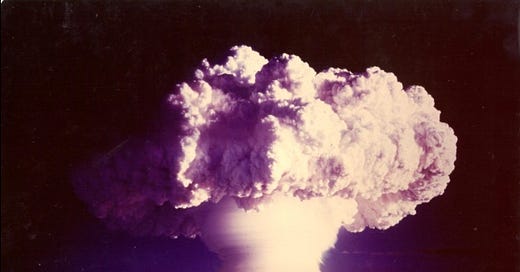



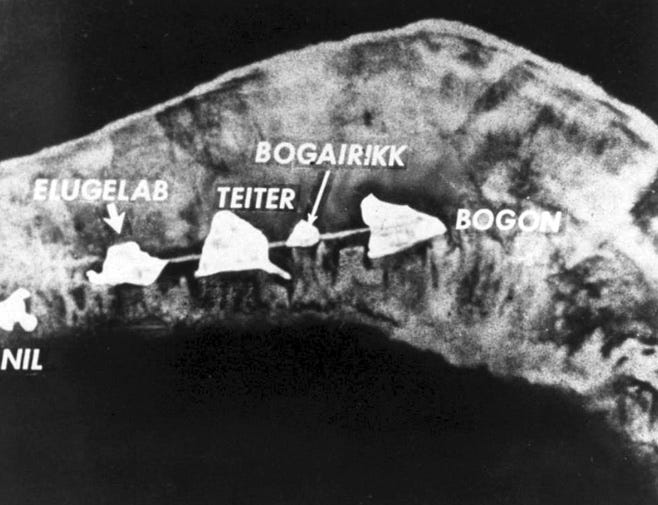
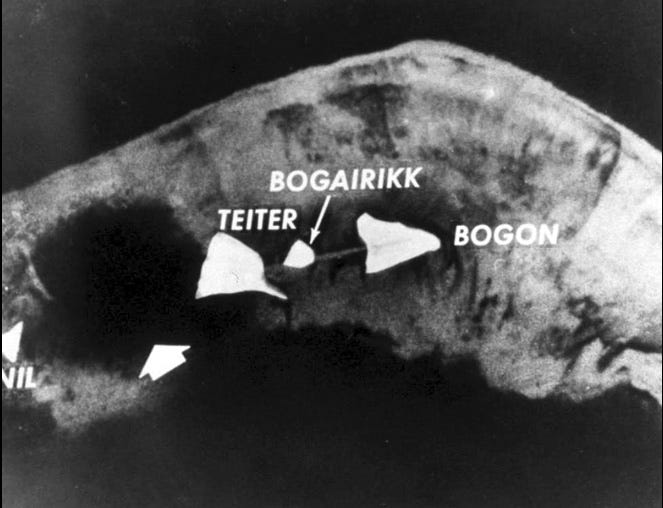





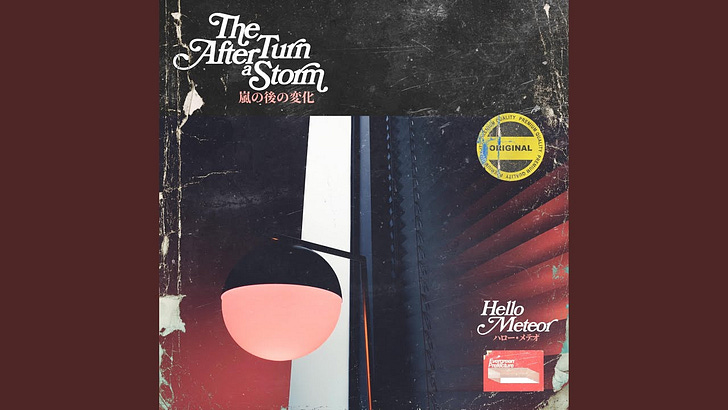


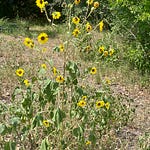


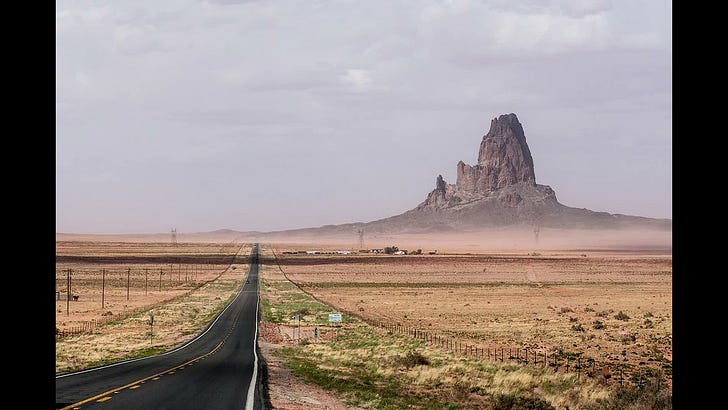
Share this post